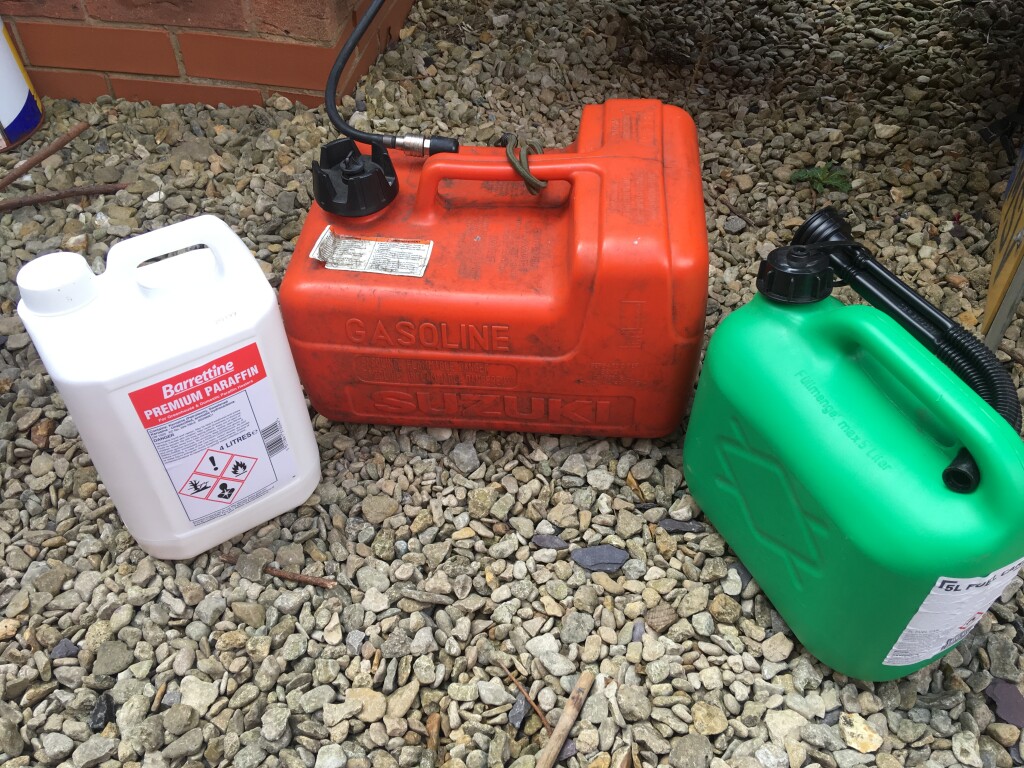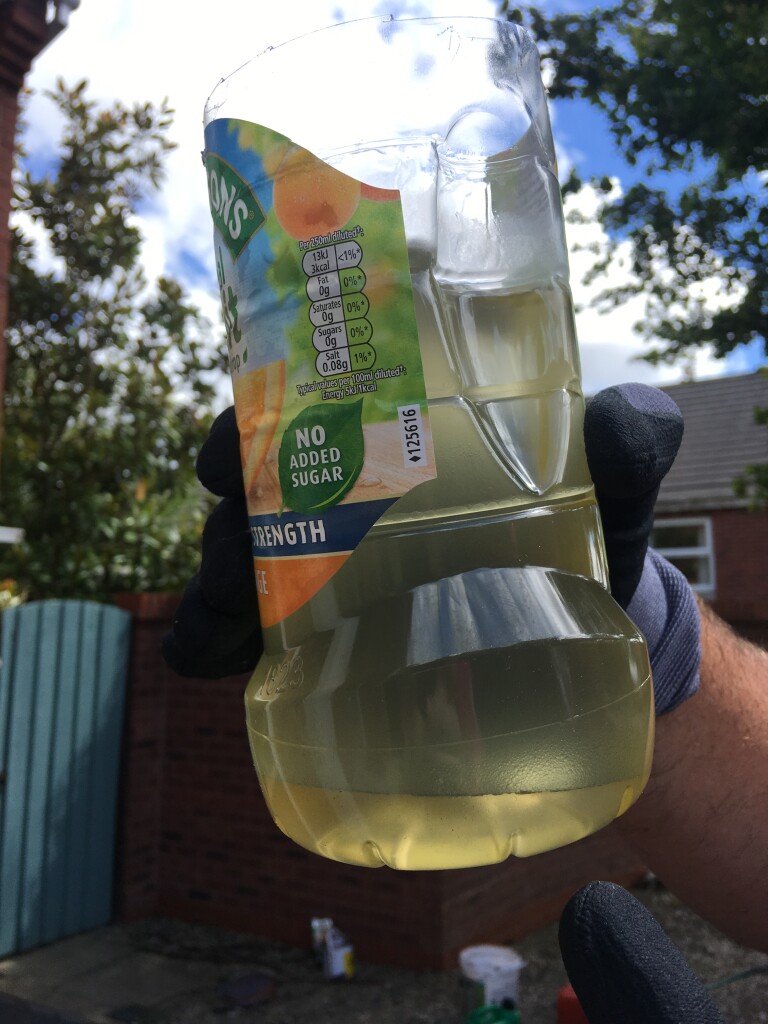Engine Issues!
Every now and again you will get little niggles on your engine. There are things to do to prevent this: service your engine regularly, use your engine, don’t leave it for long periods etc. By far the most common issue is carburettor related, which, in turn, is usually related to fuel issues.
Now, to stop your carb clogging up, there are a couple of things you can do. Firstly – use good quality fuel (more of that later). Secondly – don’t leave fuel in the carb for any length of time (usually days) and don’t leave fuel in your fuel tank for too long, this is because the fuel eventually degrades.
You can add fuel stabilisers to the fuel tank, to prevent it degrading and becoming thick. It is this thickness that blocks up the carb and stops it working properly. The other thing that will really upset the engine is if you have water in the fuel. This can get in in several ways – most likely is using your boat in the torrential rain! But water can even be present in fuel from the pump, so it’s important to get your fuel from a reputable place, which has a good turnover, and actually cleans their fuel tanks.
I had an issue a couple of weeks ago, where, coming back from a night session, I couldn’t get the engine to idle. I would start on max revs or with the choke out, but would backfire and cut out once they were reduced. This is a typical carb / fuel issue. Luckily I managed to get back, albeit at full whack most of the way, as I couldn’t slow down without it cutting out. Obviously not wanting to annoy every bank angler and other boat user, every time I passed them I had to slow down and cut out to drift by, which was quite frustrating!
So what was going on? It was working at full revs, or with the choke out, so which indicates that there was a problem with fuel starvation – as at this setting it was sucking in a lot more fuel for it to work. Now I am very careful about looking after the fuel, making sure I don’t use old fuel, and I had filled up my tank the day before, so the fuel should have been ok, but it clearly wasn’t.
On getting back home I went through the arduous process of checking the fuel, and cleaning out the whole fuel tank. When draining the fuel tank I put it into a clear container to see what the fuel was like. In this instance full of water and wax! This was new fuel bought the day before!
Running this though the carb can cause it to fur up and require cleaning, luckily I caught it in time!
Cleaning the fuel tank is a pain, first you need to empty it completely, then rinse it out with paraffin a couple of times, then rinse it out with petrol a couple of times again. Then refill, then you have to pump the fuel line clean, in my experience this always splashes petrol everywhere.
To empty the carburettor most engines have a drain screw, undo this and the petrol in there will drain into the cowling. Next is to connect everything: fuel tank, fuel line, engine – leave the carb screw out and prime the bulb, flushing nice clean petrol though the carb to wash out all the rubbish that was in there beforehand. This time I had to really flush the carb to make sure it was clean. Then tighten up the carb drain screw, re-prime and start.
Obviously you need to run your engine in a bucket of water so it cools and don’t burst into flames! In my experience the running the engine for the first time will still take a while to run clean, but once it’s running, I give it a few good revs – to pull the fresh fuel through for a through clean out.
If you are lucky this will work, if not it is a case of taking your engine to a dealer to get the carb sonically cleaned, which can be expensive.






